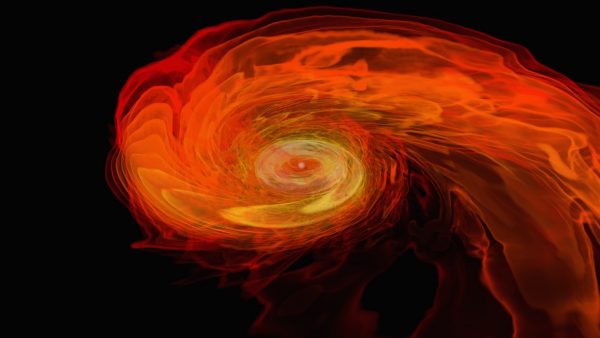
Two astronomers think they’ve pinpointed the ancient stellar collision that gave our solar system its cache of precious gold and platinum — some of it, anyway.
In a new study published May 1 in the journal Nature, the duo analyzed the remnants of radioactive isotopes, or versions of molecules with different numbers of neutrons, in a very old meteorite. Then, they compared those values with isotope ratios produced by a computer simulation of neutron star mergers — cataclysmic stellar collisions that can cause ripples in the fabric of space-time.
The researchers found that a single neutron star collision, starting about 100 million years before our solar system formed and located 1,000 light-years away, may have provided our cosmic neighborhood many of the elements heavier than iron, which has 26 protons. This includes about 70% of our early solar system’s curium atoms and 40% of its plutonium atoms, plus many millions of pounds of precious metals like gold and platinum. In total, this single ancient star crash may have given our solar system 0.3% of all its heavy elements, the researchers found — and we carry some of them around with us every day.


